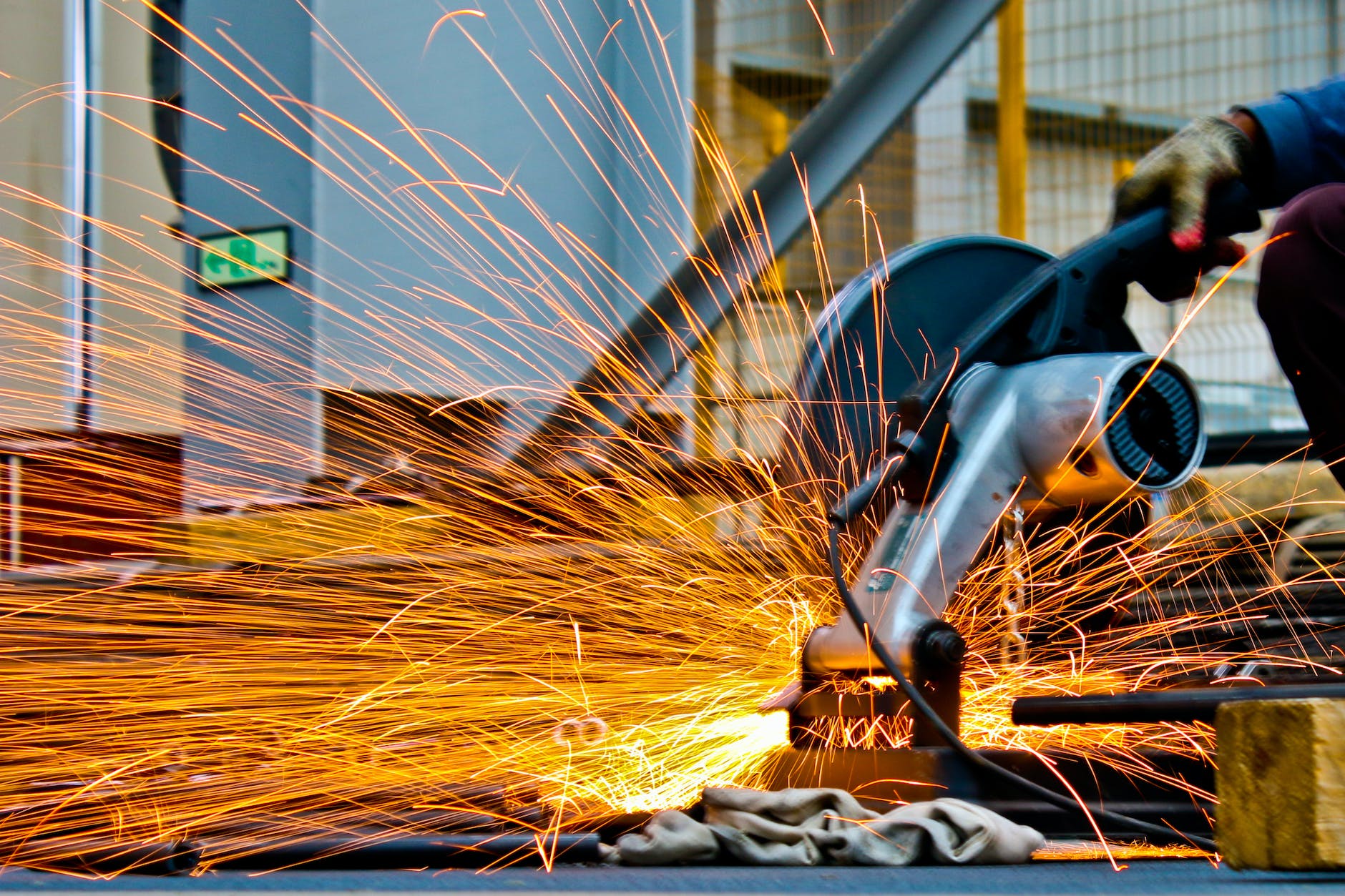
How To Prepare Hot Work HIRA: Hazard Identification and Risk Assessment
Hazard Identification and Risk Assessment (HIRA) for Hot Work Activities
How To Prepare Hot Work HIRA: Hot work activities, involving processes such as welding, cutting, and brazing, present unique hazards that require a meticulous Hazard Identification and Risk Assessment (HIRA). This guide outlines a systematic process to identify potential hazards, assess risks, and implement effective control measures for tasks involving hot work.
1. Hot Work Activity:
Welding, cutting, brazing, or any activity generating heat or sparks.
2. Gather Information:
- Site location: Industrial facility or construction site.
- Types of hot work: Welding, cutting, brazing, soldering.
- Existing hazards: Fire, explosion, toxic fumes.
3. Identified Hazards:
- Fire and Explosion:
- Risk of ignition and combustion due to sparks or open flames.
- Toxic Fumes and Gases:
- Potential exposure to harmful fumes released during hot work.
- Burns and Injuries:
- Risk of burns to workers involved in welding or cutting activities.
4. Risk Assessment:
- Fire and Explosion:
- Likelihood: Moderate to High (depending on materials involved).
- Severity: High (potential for significant property damage or injuries).
- Risk Level: Significant.
- Toxic Fumes and Gases:
- Likelihood: Moderate (depending on materials and ventilation).
- Severity: Moderate (potential for respiratory issues).
- Risk Level: Moderate.
- Burns and Injuries:
- Likelihood: Moderate (with proper safety measures).
- Severity: Moderate (potential for burns and injuries).
- Risk Level: Moderate.
5. Risk Ranking:
- Fire and Explosion (Significant)
- Toxic Fumes and Gases (Moderate)
- Burns and Injuries (Moderate)
6. Control Measures:
- Fire and Explosion:
- Implement a hot work permit system.
- Ensure proper fire prevention measures, such as fire extinguishers and spark-resistant materials.
- Toxic Fumes and Gases:
- Provide adequate ventilation or use local exhaust systems.
- Use respiratory protection where necessary.
- Burns and Injuries:
- Ensure workers use appropriate personal protective equipment (PPE).
- Establish safe work distances and barriers.
7. Hierarchy of Controls:
- Prioritize engineering controls like ventilation and spark-resistant materials.
- Use administrative controls, including hot work permits and training.
- Ensure workers use appropriate PPE as a last line of defense.
8. Emergency Procedures:
- Develop and communicate a detailed emergency response plan.
- Conduct regular emergency drills specific to hot work scenarios.
9. Training and Competency:
- Provide comprehensive training for all personnel involved in hot work activities.
- Verify the competency of workers in the use of equipment and adherence to safety protocols.
10. Regular Review:
- Conduct regular reviews of hot work procedures and safety measures.
- Update the HIRA based on incidents, near misses, or changes in work conditions.
11. Documentation:
- Maintain detailed records of hazard identification, risk assessments, and control measures.
- Provide easy access to documentation for all personnel involved in hot work activities.
12. Communication:
- Clearly communicate control measures and emergency procedures to all workers involved.
- Encourage open communication for reporting potential hazards related to hot work.
13. Supervision and Monitoring:
- Assign competent supervisors for hot work activities.
- Regularly monitor the implementation of control measures.
14. Regulatory Compliance:
- Ensure compliance with local occupational safety and health regulations.
- Regularly review and update procedures based on regulatory changes.
15. Review and Continuous Improvement:
- Conduct regular safety meetings to discuss improvements and lessons learned.
- Actively seek feedback from workers and incorporate it into future risk assessments.
How To Prepare Scaffolding HIRA: Hazard Identification and Risk Assessment
How To Prepare Excavation HIRA: Hazard Identification and Risk Assessment
How To Prepare Confined Space HIRA: Hazard Identification and Risk Assessment
How To Prepare Work at Height HIRA: Hazard Identification and Risk Assessment
How to Prepare Risk Assessment for Vibration
By adhering to this structured approach, businesses can proactively identify and address potential hazards associated with hot work activities, promoting a safer working environment for all personnel involved in hot work processes.
























